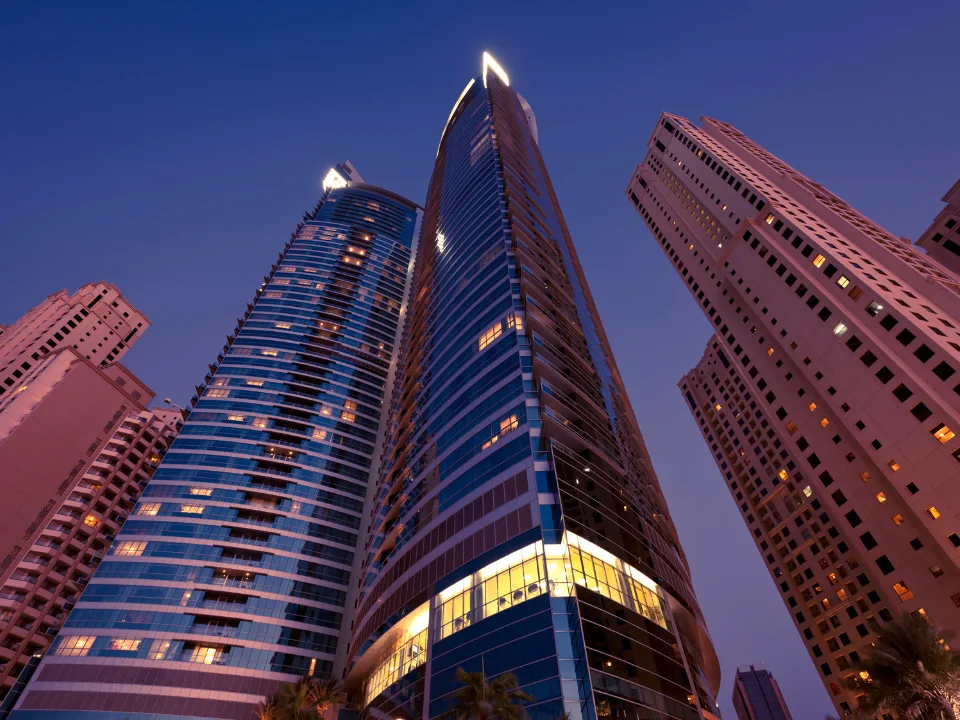- The largest multifamily supply wave in 40 years has led to more vacancies, especially in the Southeast and Gulf Coast.
- Myrtle Beach-Conway-North Myrtle Beach has the highest vacancy rate of 9.7%, followed by San Antonio and other Southern cities.
- Despite regional struggles, the U.S. average occupancy rate stabilized at 94.2% in May 2024.
Recent demographic shifts and economic changes have led to a surge in multifamily housing supply, particularly in the South. However, more supply doesn’t necessarily result in more demand, resulting in high vacancies in some metros, as reported by Globest.
Regional Challenges
RealPage reports that May 2024 saw the largest multifamily supply wave in 40 years, with the worst occupancy rates concentrated in Southeast and Gulf Coast metros.
The 10 markets with the worst occupancy rates in May accounted for more than 749.6K apartment vacancies. The most affected regions are in Gulf Coast states and the Southeast, where 11 markets reported occupancy rates at or below 92%. Even major Texas markets, like Dallas-Fort Worth, Houston, Austin, and San Antonio, recorded occupancy rates below 93%.
Worst Performers
Myrtle Beach-Conway-North Myrtle Beach reported the lowest occupancy rate in May, with 45.5K vacant units and a 90.3% occupancy rate. San Antonio was next, with 210.3K vacant units and a 91.2% occupancy rate. Augusta and Baton Rouge had 91.4% occupancy with 29.6K and 46.6K vacancies, respectively.
Other markets struggling with high vacancy rates included Memphis (91.8% occupancy), Jacksonville (92%), Colorado Springs (92%), Cape Coral-Fort Myers (92%), Corpus Christi (91.5%), Shreveport (91.7%), and Lubbock (91.7%).
Broader Context
Nationally, May 2024 marked the seventh consecutive month with an average occupancy rate of at least 94.1%, rising slightly to 94.2%. Regionally, the Midwest had the highest average occupancy at 94.8%, followed by the Northeast at 95.8%, the South at 93.2%, and the West at 94.6%.
RealPage noted that occupancy rates have remained stable, not fluctuating more than 10 bps in either direction for 17 consecutive months. On the other hand, rent growth has varied. Nationally, rents rose by 0.2% YoY in May. The Midwest and Northeast saw 2.6% and 2.4% higher rents, rents in the West were flat, and the South reported 1.4% lower rents.
Why It Matters
Despite challenges in some regions, eight of the top 50 markets saw higher YoY occupancy rates in May. These markets include Richmond, West Palm Beach, San Francisco, Las Vegas, Detroit, Greensboro/Winston-Salem, Sacramento, and San Jose.

















